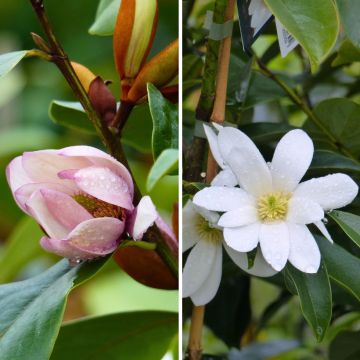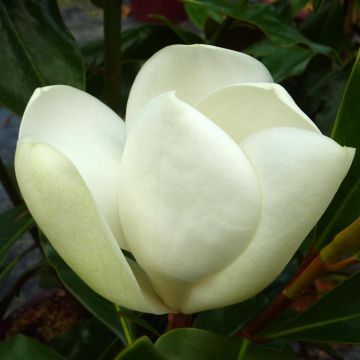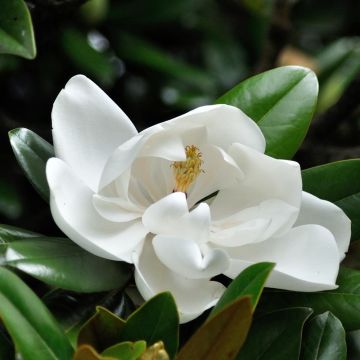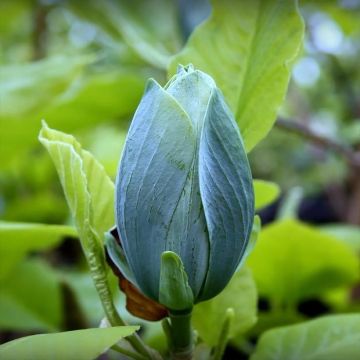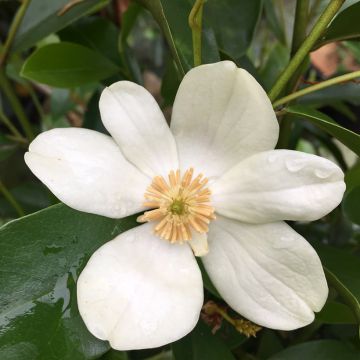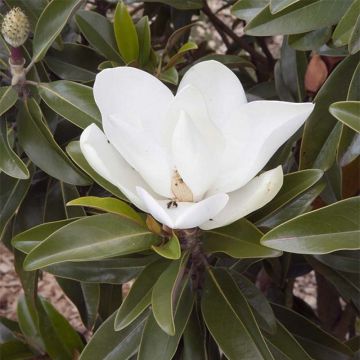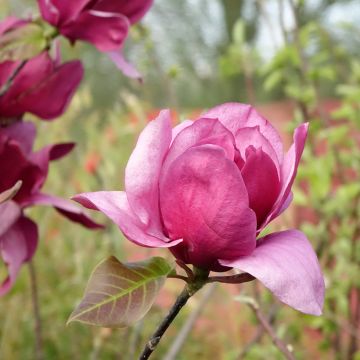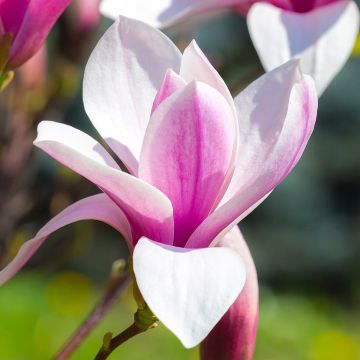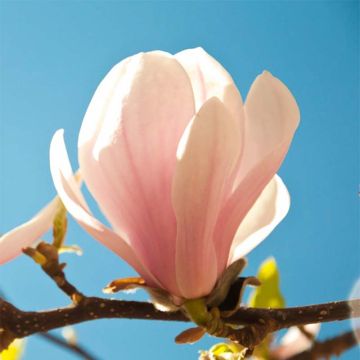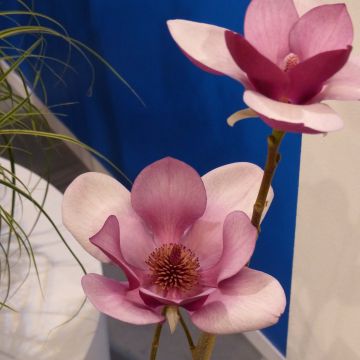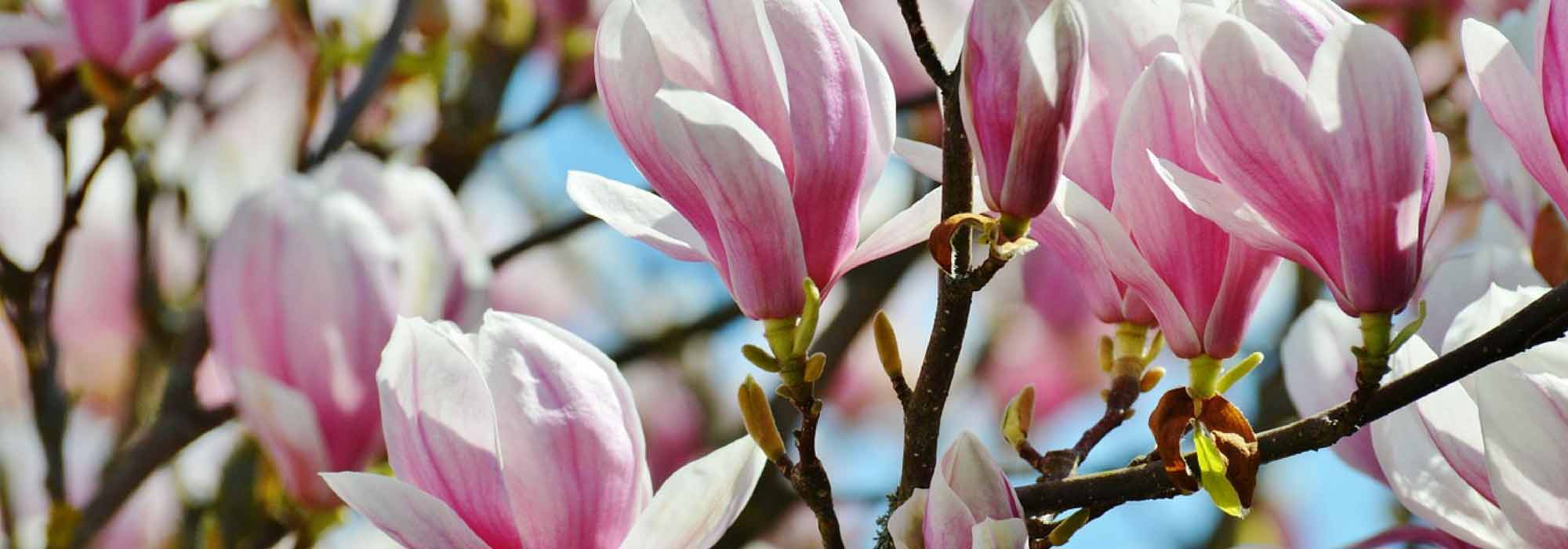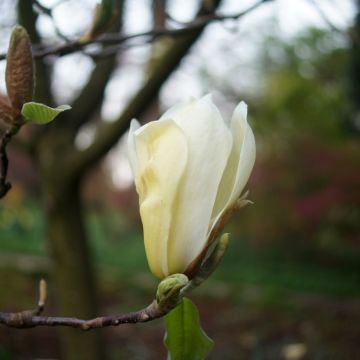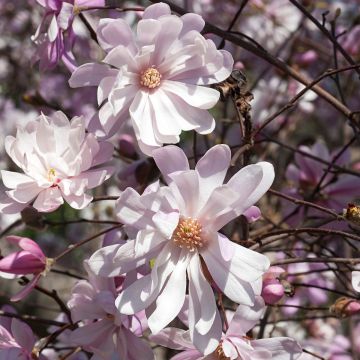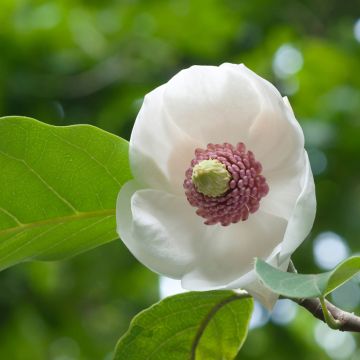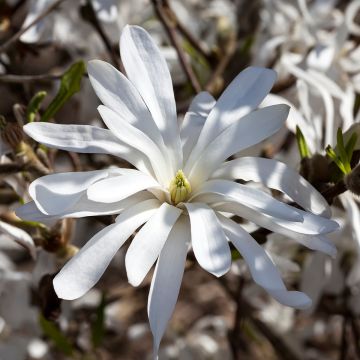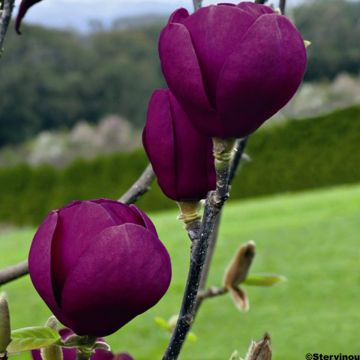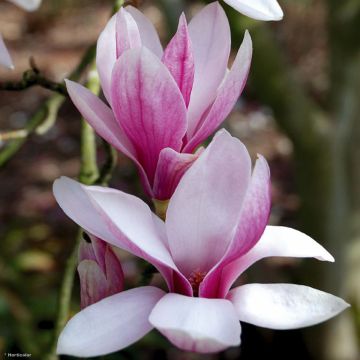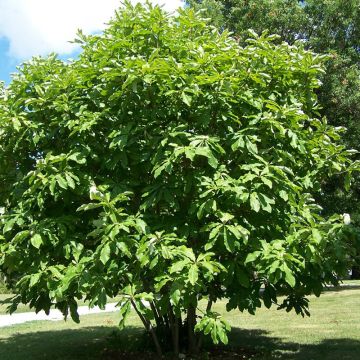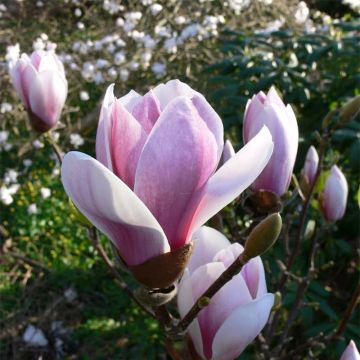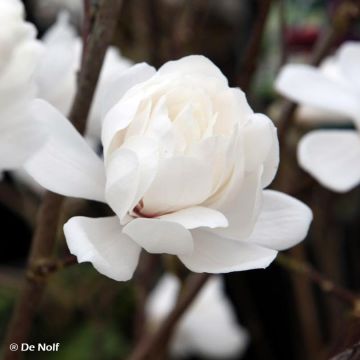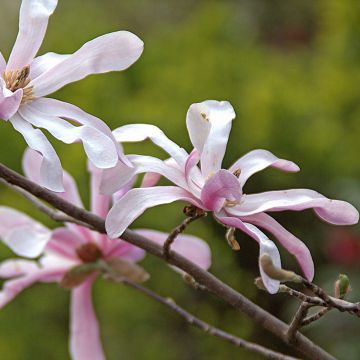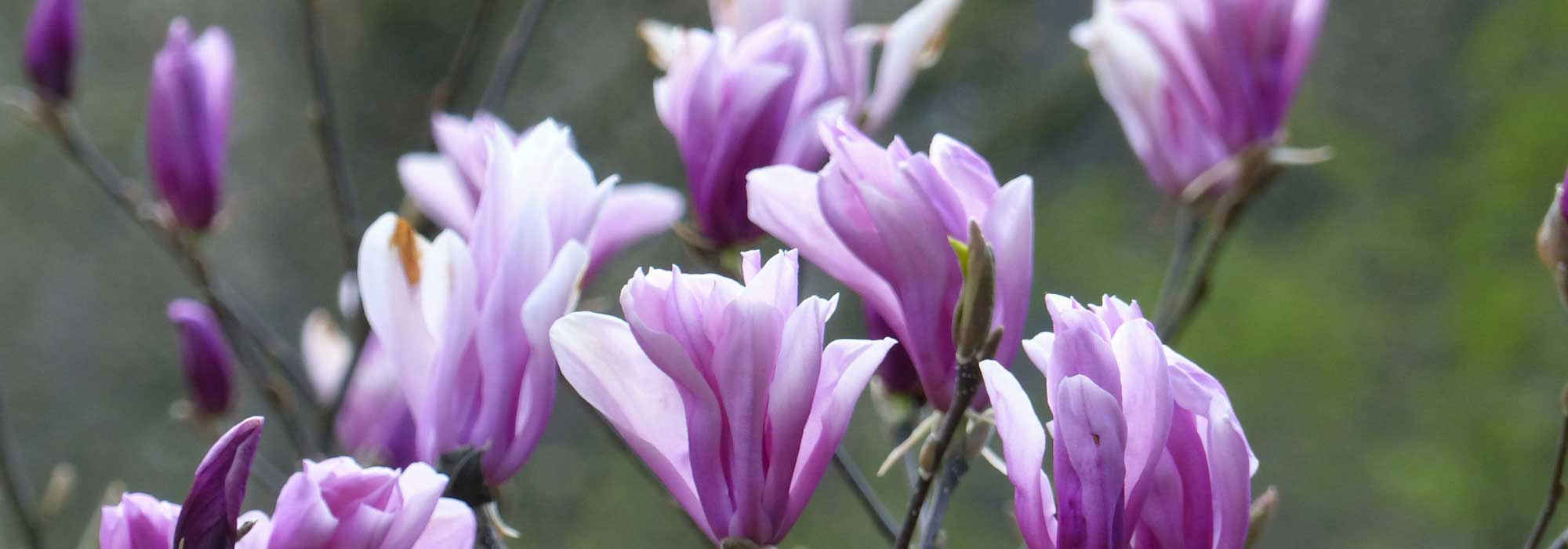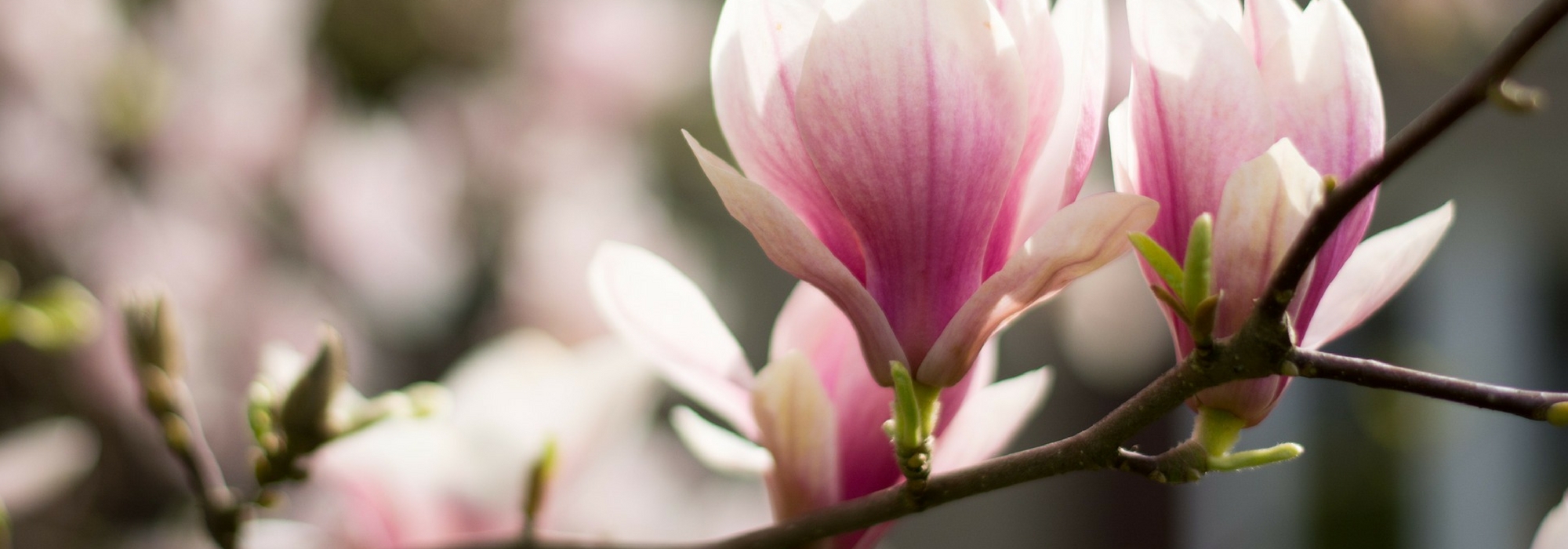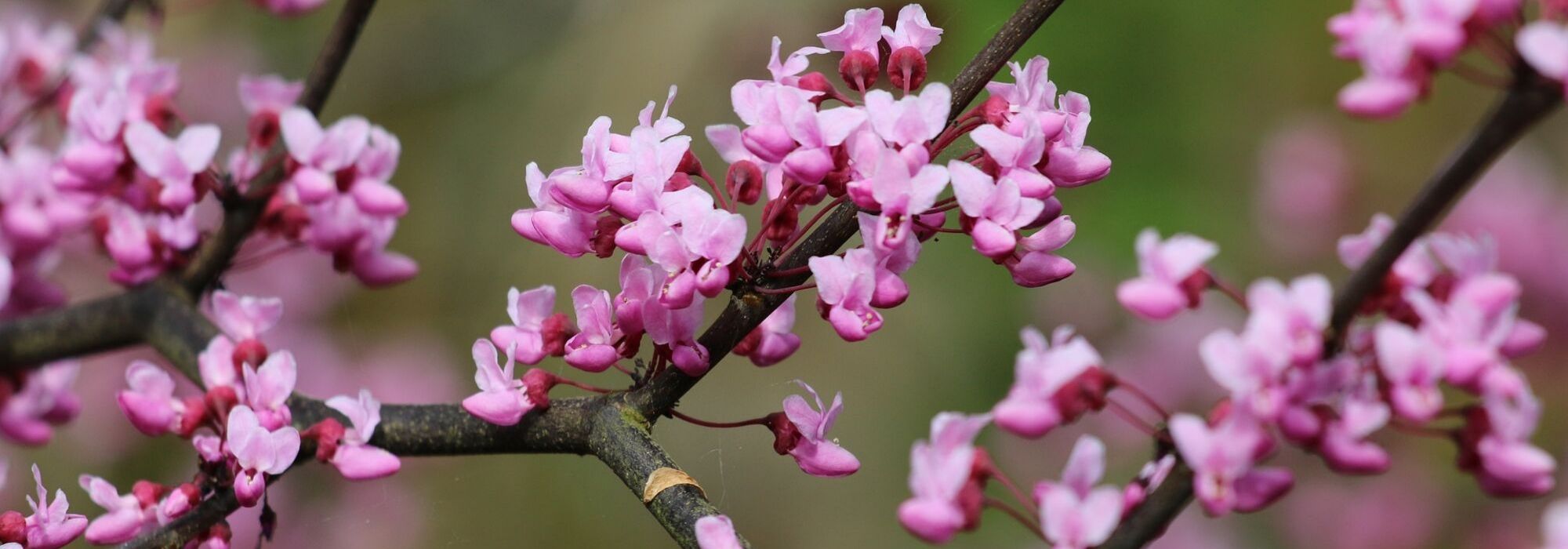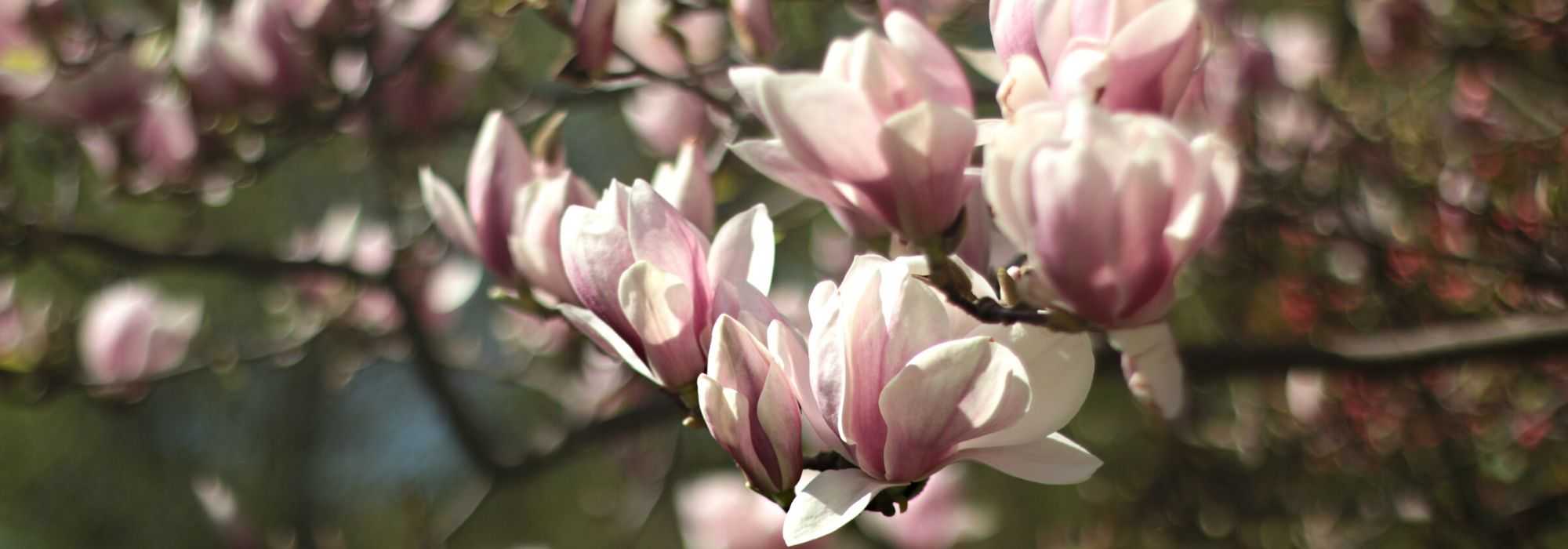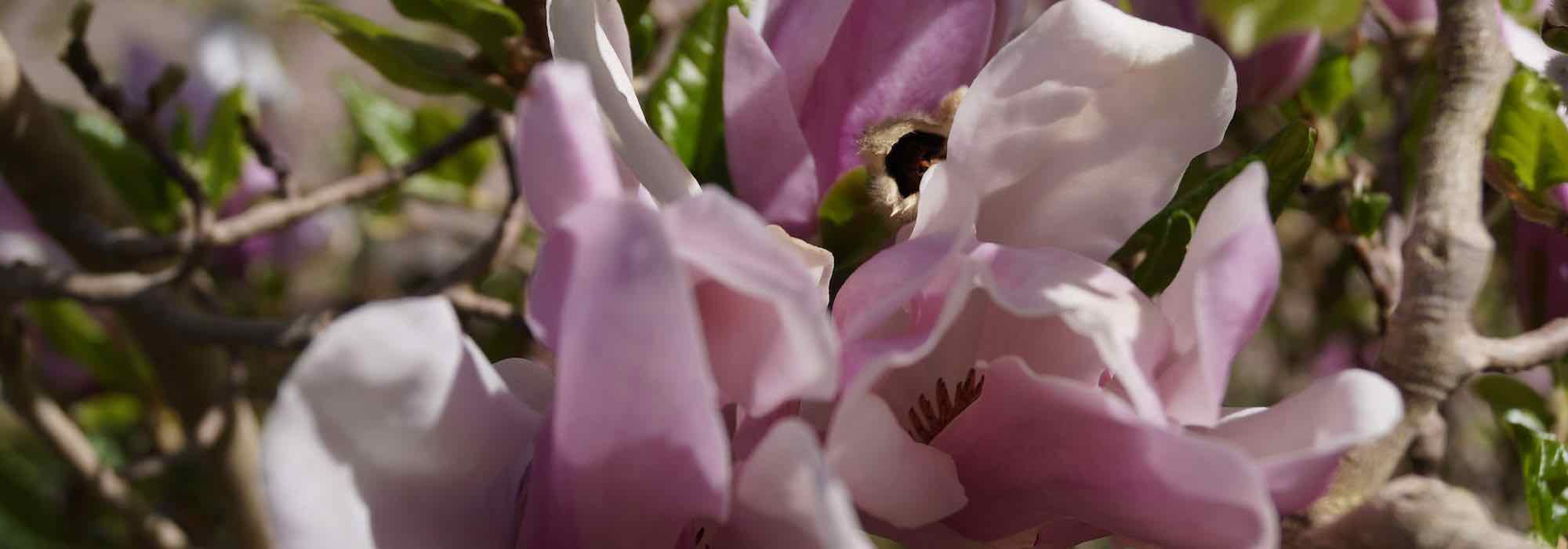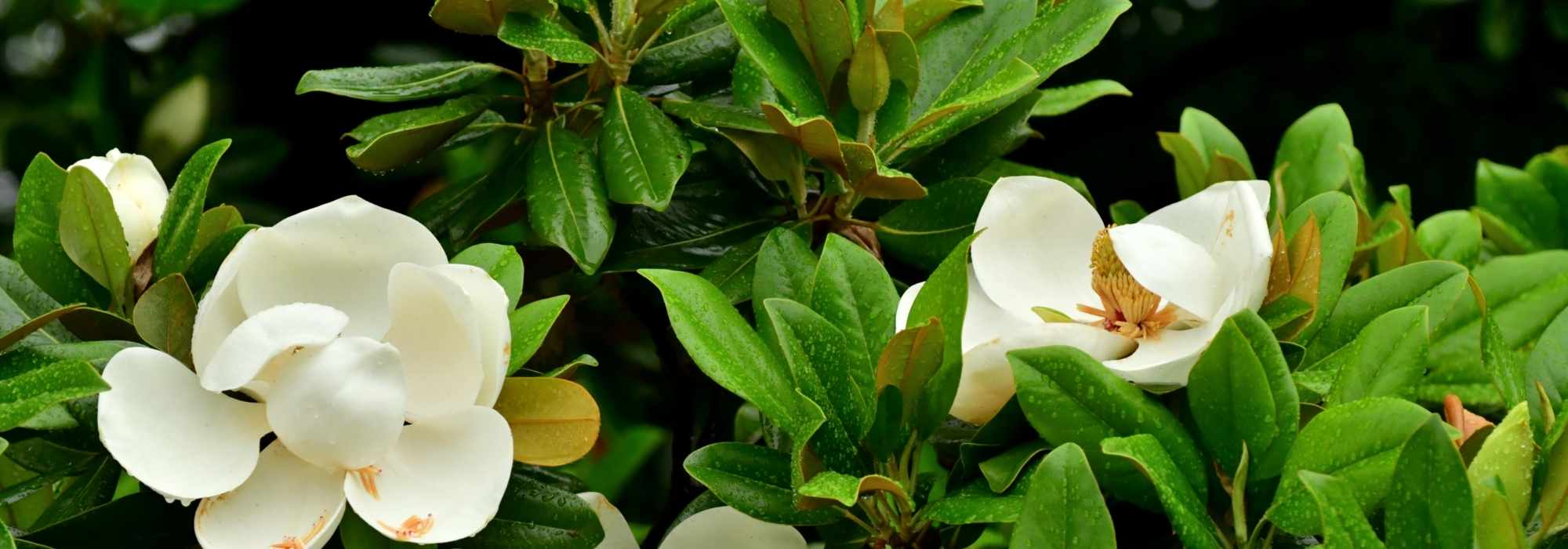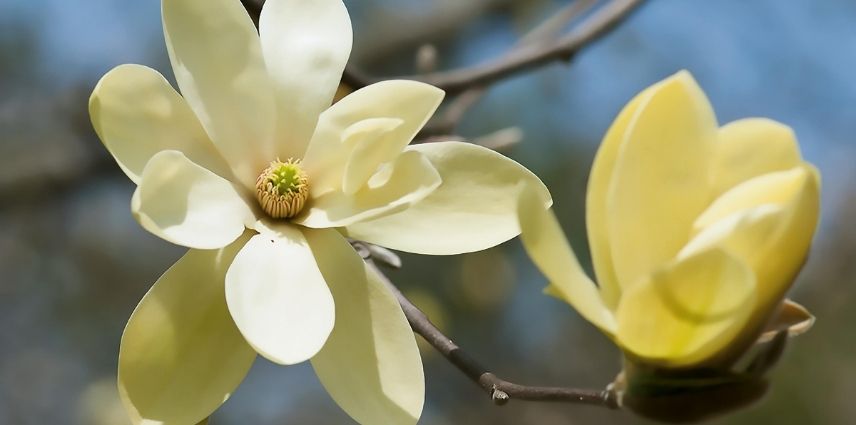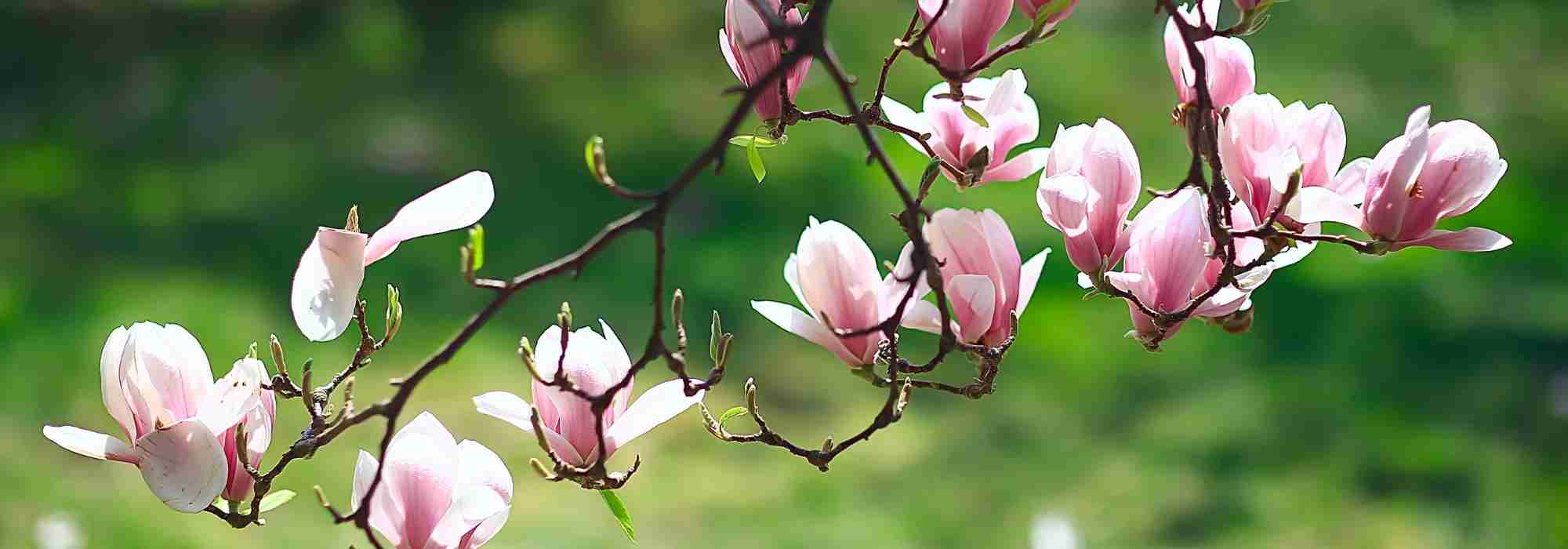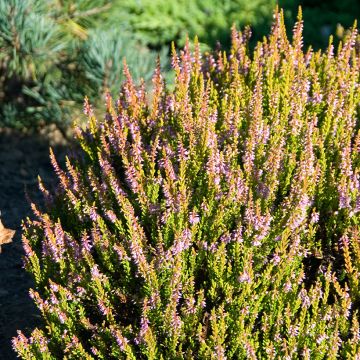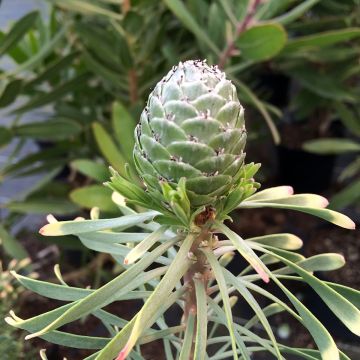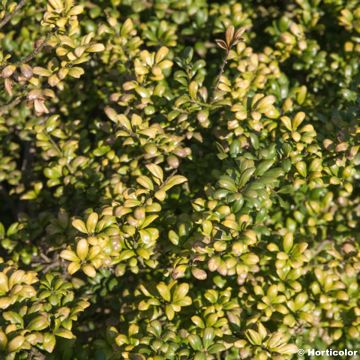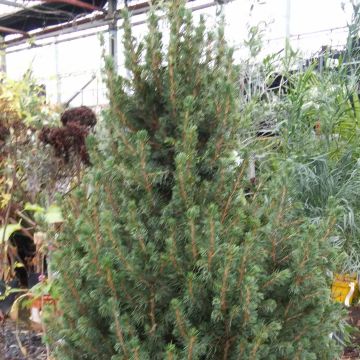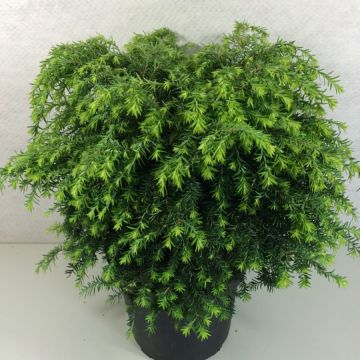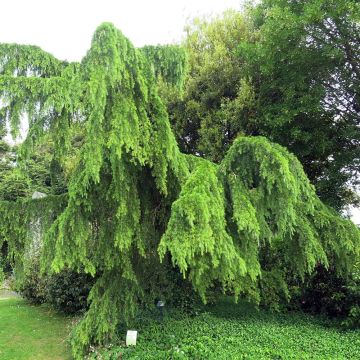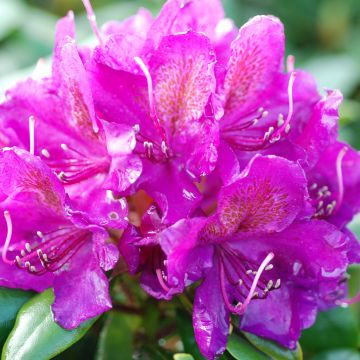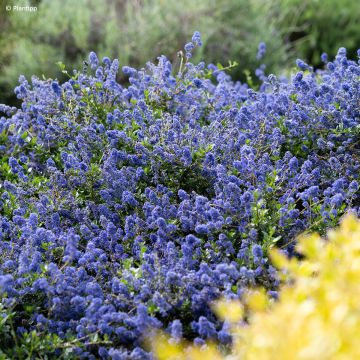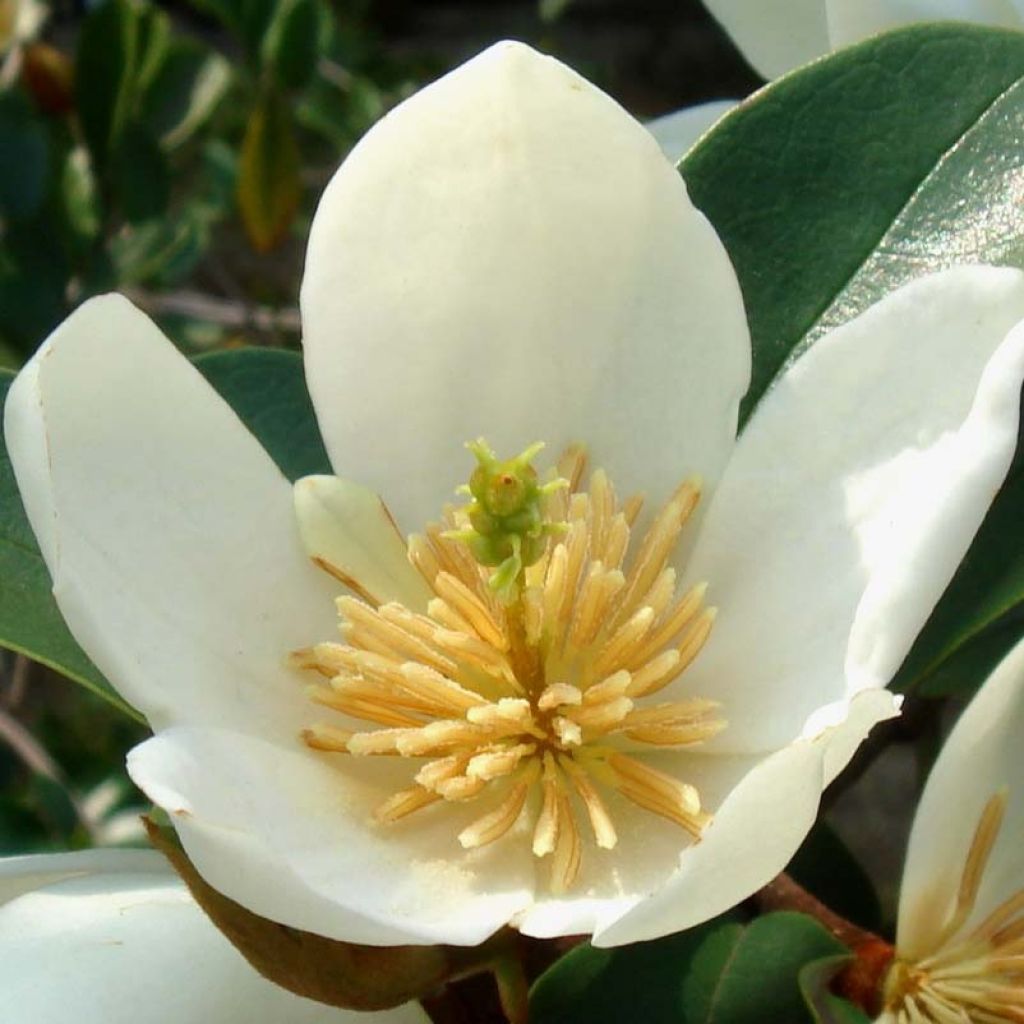

Magnolia dianica Summer Snowflake
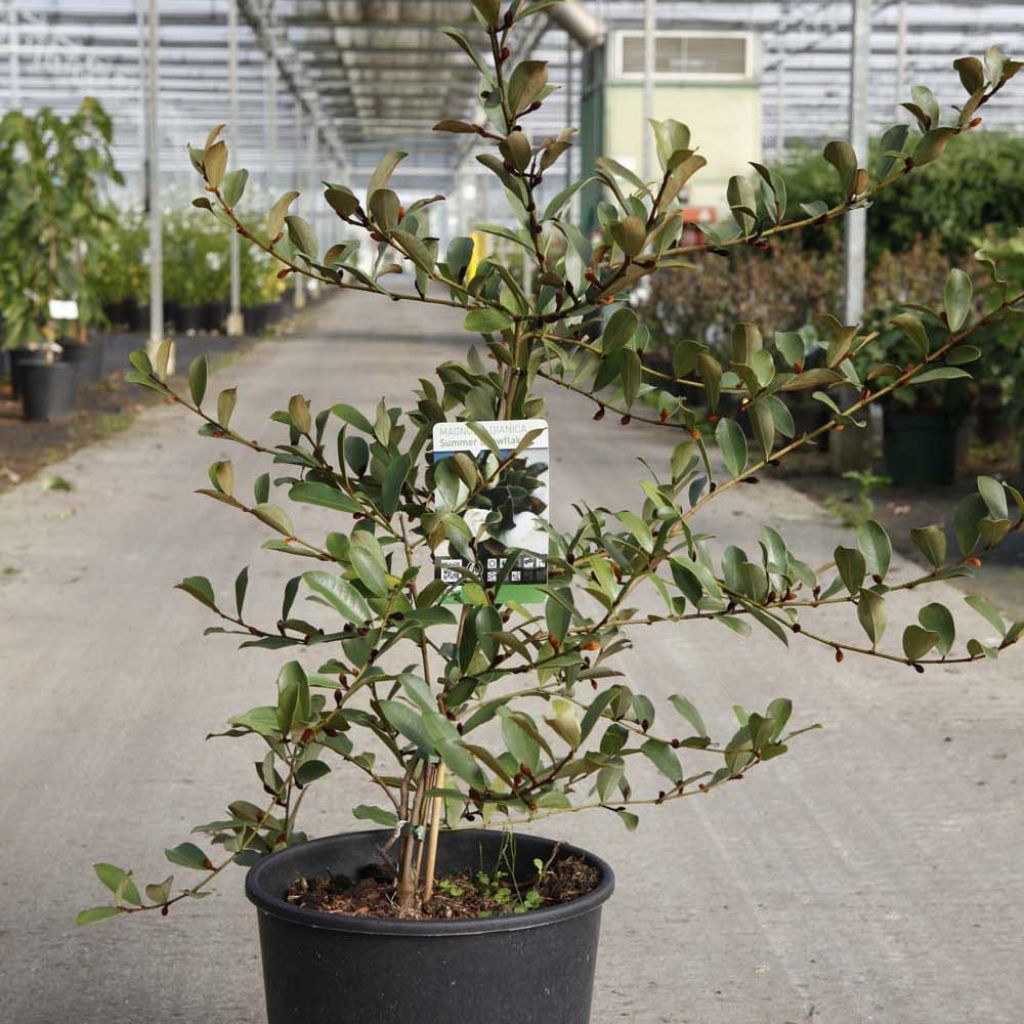

Magnolia dianica Summer Snowflake
Magnolia dianica Summer Snowflake
Magnolia dianica Summer Snowflake®
Michelia, Magnolia
Beautiful tree, but with pruned branches at a 90-degree (194°F) angle. I contacted the website, but they didn't understand that it was a pruning issue, not a packaging problem. I don't know what to do...
Audrey L., 23/05/2020
Special offer!
Receive a €20 voucher for any order over €90 (excluding delivery costs, credit notes, and plastic-free options)!
1- Add your favorite plants to your cart.
2- Once you have reached €90, confirm your order (you can even choose the delivery date!).
3- As soon as your order is shipped, you will receive an email containing your voucher code, valid for 3 months (90 days).
Your voucher is unique and can only be used once, for any order with a minimum value of €20, excluding delivery costs.
Can be combined with other current offers, non-divisible and non-refundable.
Why not try an alternative variety in stock?
View all →This plant carries a 24 months recovery warranty
More information
We guarantee the quality of our plants for a full growing cycle, and will replace at our expense any plant that fails to recover under normal climatic and planting conditions.
Would this plant suit my garden?
Set up your Plantfit profile →
Description
The Magnolia dianica Summer Snowflake, is a beautiful variety of a bush formerly called Michelia yunnaensis, which originates from western China. More floriferous than others, it also offers larger, fragrant white flowers emerging from big pink buds from May to July. This evergreen bush also has a compact and bushy habit well suited for small spaces, and abundant glossy foliage that is attractive throughout the year. Its hardiness is moderate; it should be grown in a pot in very cold regions and stored in a cold greenhouse during winter, or in open ground in milder climates. This magnolia prefers slightly acidic, well-drained, moist but not too dry soils, in a sunny to semi-shaded position.
The Magnolia Summer Snowflake belongs to the Magnoliaceae family, and shares with magnolias fresh green glossy foliage and star-shaped flowers. This variety comes from the Magolia dianica, a not very hardy species native to the forests of Southwest China.
The 'Summer Snowflake' variety, selected in 1997, stands out with a bushier and more compact habit, quick flowering on young plants, increased hardiness and flower production, as well as larger flowers. It is a branching bush with a rounded habit, reaching a height of 3m (9.8ft) and a width of 2.5m (6.6ft) at maturity when grown in open ground, maintaining more modest proportions in pots. It has a short trunk supporting a wide and airy canopy, arranged in a fan shape. From autumn onwards, large velvet brown buds appear all along its branches, located in the axil of each leaf. From early spring, earlier or later depending on the region, until summer, the pink buds open up into magnolia flowers, at least 7cm (2.8in) wide, composed of oval petals, thick in texture, with a waxy white colour, and showing in their centre a bouquet of pale yellow, protruding stamens surrounding a granular greenish club-shaped pistil. Their scent is lemony. The foliage is attractive, leathery, medium green and shiny, composed of entire and ovate leaves, 6 to 8cm (3.1in) long, with a lighter fuzzy underside. The flowers are pollinated by small beetles, then bear a cluster of round and fused fruits, each containing a seed surrounded by red pulp.
Plant the Michelia Summer Snowflake to showcase it: as a standalone plant, near a path to enjoy its fragrance, or in a large container on the terrace (protect during winter). In mild climates, it will work well as a specimen plant in a lawn, or mixed in a bed, in a natural hedge with bushes (Viburnum odoratissimum), Japanese privets (Ligustrum japonicum), or even as a trimmed hedge by the sea. It can be used as a screen and a backdrop for small group of plants. In this use, it will provide excellent perches for songbirds, further accentuating its charm. This bush is well suited for topiary art.
The Michelia champaca, a close relative, is a bush cultivated in India, from which a highly sought-after essential oil is extracted for perfumery.
Magnolia dianica Summer Snowflake in pictures
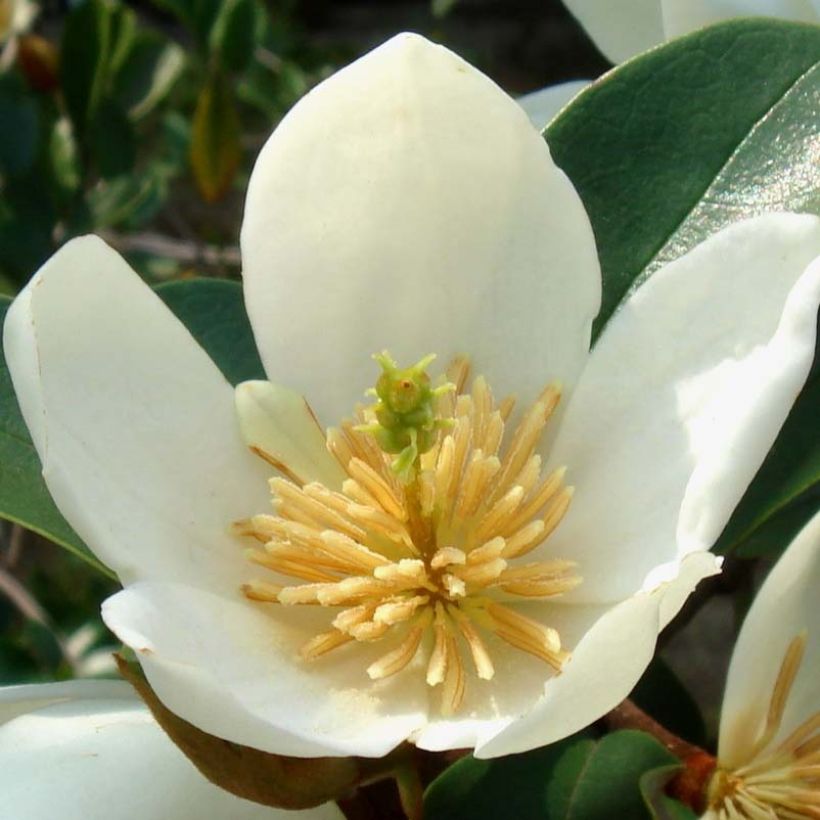

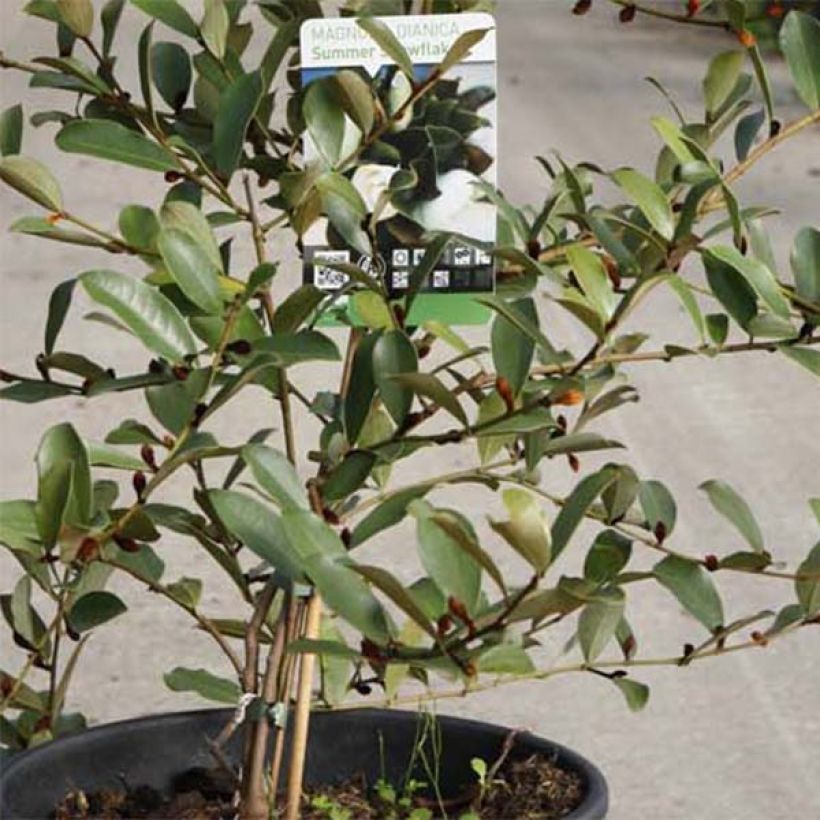

Plant habit
Flowering
Foliage
Botanical data
Magnolia
dianica
Summer Snowflake®
Magnoliaceae
Michelia, Magnolia
China
Other Magnolia
View all →Planting and care
The Magnolia dianica Summer Snowflake prefers a humus-rich, slightly acidic (pH 6.5), organic-rich soil, moist but not stagnant. It appreciates semi-shaded exposures and dislikes scorching exposures. It can be grown in the ground only in regions with mild climates, as it will not survive lower than -12°C (10.4°F) even if planted in a very sheltered location. However, it may regrow from the stump when well protected, if the aboveground parts have died. Mulch the base to retain moisture in hot climates, and water abundantly every 15 days in case of prolonged drought. This bush does not tolerate transplantation once established, so choose its location carefully. Its appearance and growth will be very different depending on whether it is planted in the ground or in a container, and whether it grows in shade or in a sunny exposure. When grown in shade, its habit is more open and flexible, and its foliage darker. If exposed to the sun, it will show a more compact habit, denser foliage, smaller and lighter green leaves. When cultivated in a large container, its growth is limited. Water well in summer, and greatly reduce in winter: in a cold greenhouse or conservatory, watering (without too much lime) should be spaced out, only when the soil is dry to a depth of 1cm (0.4in) on the surface. The bush can be pruned after flowering. In late winter, before new growth begins, remove dead wood and crossing branches to maintain a beautiful habit.
Planting period
Intended location
Care
Planting & care advice
-
, onOrder confirmed
Reply from on Promesse de fleurs
Similar products
Haven't found what you were looking for?
Hardiness is the lowest winter temperature a plant can endure without suffering serious damage or even dying. However, hardiness is affected by location (a sheltered area, such as a patio), protection (winter cover) and soil type (hardiness is improved by well-drained soil).

Photo Sharing Terms & Conditions
In order to encourage gardeners to interact and share their experiences, Promesse de fleurs offers various media enabling content to be uploaded onto its Site - in particular via the ‘Photo sharing’ module.
The User agrees to refrain from:
- Posting any content that is illegal, prejudicial, insulting, racist, inciteful to hatred, revisionist, contrary to public decency, that infringes on privacy or on the privacy rights of third parties, in particular the publicity rights of persons and goods, intellectual property rights, or the right to privacy.
- Submitting content on behalf of a third party;
- Impersonate the identity of a third party and/or publish any personal information about a third party;
In general, the User undertakes to refrain from any unethical behaviour.
All Content (in particular text, comments, files, images, photos, videos, creative works, etc.), which may be subject to property or intellectual property rights, image or other private rights, shall remain the property of the User, subject to the limited rights granted by the terms of the licence granted by Promesse de fleurs as stated below. Users are at liberty to publish or not to publish such Content on the Site, notably via the ‘Photo Sharing’ facility, and accept that this Content shall be made public and freely accessible, notably on the Internet.
Users further acknowledge, undertake to have ,and guarantee that they hold all necessary rights and permissions to publish such material on the Site, in particular with regard to the legislation in force pertaining to any privacy, property, intellectual property, image, or contractual rights, or rights of any other nature. By publishing such Content on the Site, Users acknowledge accepting full liability as publishers of the Content within the meaning of the law, and grant Promesse de fleurs, free of charge, an inclusive, worldwide licence for the said Content for the entire duration of its publication, including all reproduction, representation, up/downloading, displaying, performing, transmission, and storage rights.
Users also grant permission for their name to be linked to the Content and accept that this link may not always be made available.
By engaging in posting material, Users consent to their Content becoming automatically accessible on the Internet, in particular on other sites and/or blogs and/or web pages of the Promesse de fleurs site, including in particular social pages and the Promesse de fleurs catalogue.
Users may secure the removal of entrusted content free of charge by issuing a simple request via our contact form.
The flowering period indicated on our website applies to countries and regions located in USDA zone 8 (France, the United Kingdom, Ireland, the Netherlands, etc.)
It will vary according to where you live:
- In zones 9 to 10 (Italy, Spain, Greece, etc.), flowering will occur about 2 to 4 weeks earlier.
- In zones 6 to 7 (Germany, Poland, Slovenia, and lower mountainous regions), flowering will be delayed by 2 to 3 weeks.
- In zone 5 (Central Europe, Scandinavia), blooming will be delayed by 3 to 5 weeks.
In temperate climates, pruning of spring-flowering shrubs (forsythia, spireas, etc.) should be done just after flowering.
Pruning of summer-flowering shrubs (Indian Lilac, Perovskia, etc.) can be done in winter or spring.
In cold regions as well as with frost-sensitive plants, avoid pruning too early when severe frosts may still occur.
The planting period indicated on our website applies to countries and regions located in USDA zone 8 (France, United Kingdom, Ireland, Netherlands).
It will vary according to where you live:
- In Mediterranean zones (Marseille, Madrid, Milan, etc.), autumn and winter are the best planting periods.
- In continental zones (Strasbourg, Munich, Vienna, etc.), delay planting by 2 to 3 weeks in spring and bring it forward by 2 to 4 weeks in autumn.
- In mountainous regions (the Alps, Pyrenees, Carpathians, etc.), it is best to plant in late spring (May-June) or late summer (August-September).
The harvesting period indicated on our website applies to countries and regions in USDA zone 8 (France, England, Ireland, the Netherlands).
In colder areas (Scandinavia, Poland, Austria...) fruit and vegetable harvests are likely to be delayed by 3-4 weeks.
In warmer areas (Italy, Spain, Greece, etc.), harvesting will probably take place earlier, depending on weather conditions.
The sowing periods indicated on our website apply to countries and regions within USDA Zone 8 (France, UK, Ireland, Netherlands).
In colder areas (Scandinavia, Poland, Austria...), delay any outdoor sowing by 3-4 weeks, or sow under glass.
In warmer climes (Italy, Spain, Greece, etc.), bring outdoor sowing forward by a few weeks.






























